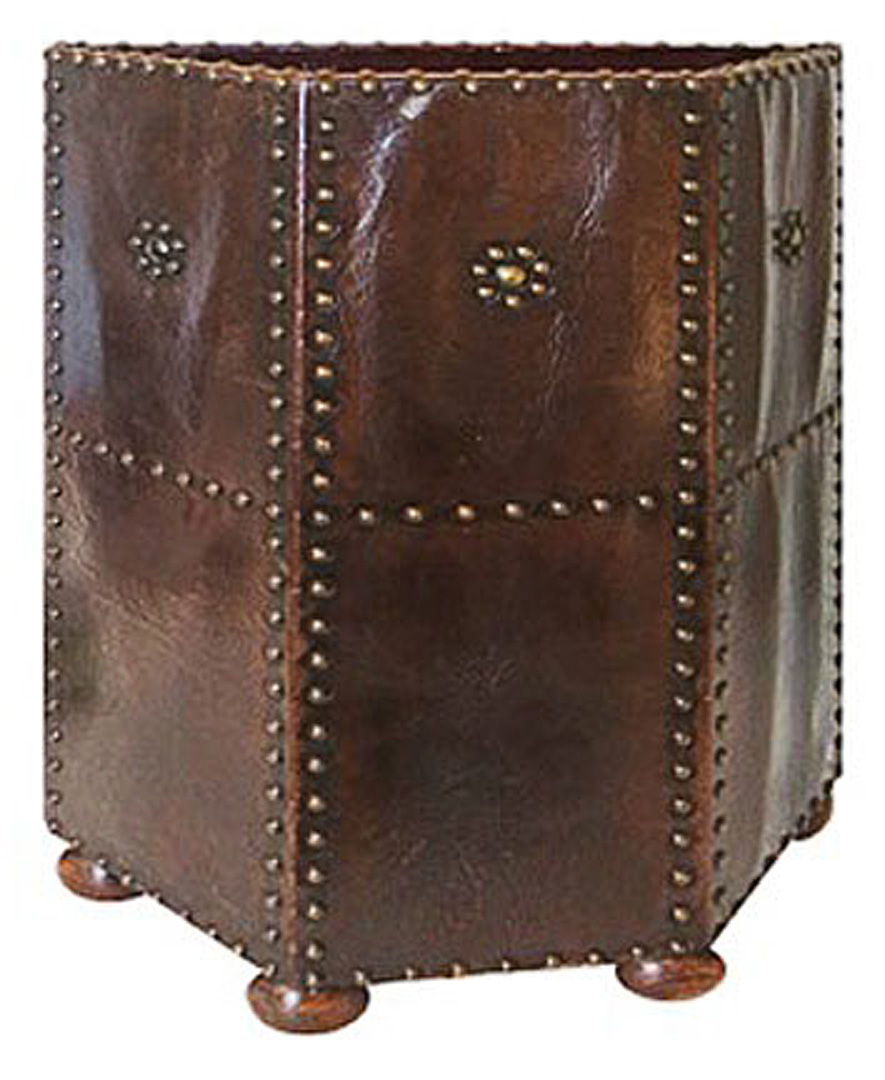
Style influencers of their day, William and Mary set another trend when they brought iron benches into their living quarters. Easily malleable, blacksmiths favored its use to create pieces with decorative curves and twists. Wrought iron’s long history started during the Iron Age and continued when Westminster Abbey’s gates were wrought in the 13th century. More than 600 years later it was still being favored for wrought iron garden furniture. Sadly, the last manufacturer of wrought iron closed in the 1970s.
In 1800, another royal, George IV, redecorated Brighton Pavilion in bamboo and mock bamboo furnishings. Bamboomania resulted – a trend that continued for over a century. Elegant homes were filled with bamboo chairs, cabinets and furniture of all ilk. These high quality pieces, made with the same mortise-and-tenon joinery as other fine furniture, were produced by skilled cabinet makers. Today, the beauty of bamboo is overlooked. Instead it becomes flooring, environmentally-friendly straws and fabrics.
Lovers of antiques collect things not just because they are attractive or unique, or have value. We hang onto them because we recognize the skills with which they were created. Such workmanship is disappearing. At Elijah Slocum, we endeavor to preserve bygone expertise, in our own work… and in our searches.
The few items pictured here serve as a reminder of artifacts that are useful, hand-crafted and add grace to surroundings. We salute this increasingly rare workmanship.
Circa 1900
